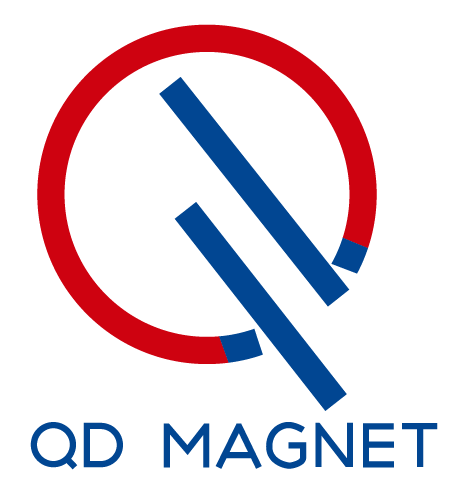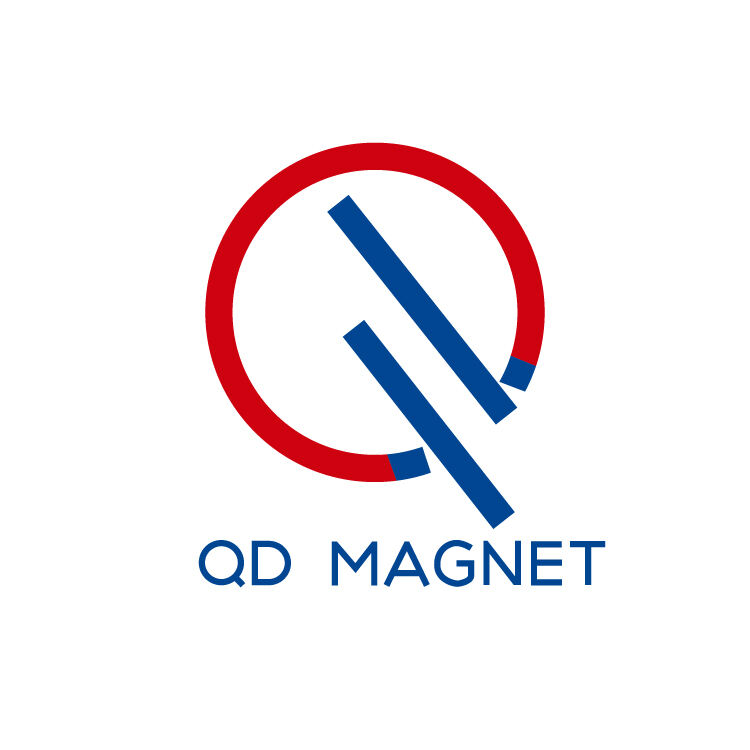Protective housings play a crucial role in preserving the mechanical strength of magnets by mitigating wear and tear. Magnets are inherently susceptible to volume loss due to repetitive mechanical stresses, which can weaken their magnetic field. To counteract this, integrating magnets with non-magnetic components, such as metals and plastics, creates a protective barrier. These housings are designed to endure environmental pressures and sustain the magnet's structural integrity over time. Several studies highlight that the implementation of protective housings in magnet assemblies significantly decreases the rates of failure in comparison to non-protected setups. Through these case studies, it becomes evident that protective housings are not only necessary for preserving the mechanical strength but also for extending the life and functionality of the magnet itself.
Ferrite magnets are known for their cost-effectiveness and adequate strength, providing substantial benefits in product design. They are favored for applications where economic feasibility without sacrificing performance is paramount. Ferrite magnets excel in scenarios demanding robustness and reliability, often outperforming other types due to their resistance to demagnetization and environmental wear. In comparative analyses, ferrite magnets often demonstrate superior longevity in specific applications compared to neodymium magnets. While neodymium magnets are stronger, ferrite magnets offer greater resistance to heat and corrosion, making them ideal for diverse environments. The contrast in strength and durability highlights ferrite magnets as a reliable choice in maintaining structural integrity across a wide range of industrial applications.
Neodymium magnets, known for their exceptional strength-to-weight ratio, are ideal for maximizing flux density in various applications. They are up to ten times stronger than ordinary ferrite magnets, making them highly efficient for compact and high-performance designs. In industrial contexts, these magnets are frequently used in motors, generators, and magnetic resonant imaging (MRI) machines, offering unmatched magnetic performance. For instance, the use of neodymium magnets in electric vehicle motors significantly enhances torque and efficiency, as noted by experts in the automotive industry. This optimization in magnetic performance not only boosts operational efficiency but also steers innovations in product design.
Flux-conducting elements play a crucial role in focusing magnetic fields, thereby enhancing the performance of magnetic assemblies. By directing field lines, these elements effectively increase the strength and efficiency of the magnetic field. Materials such as iron, silicon steel, and cobalt are commonly used as flux-conducting elements due to their excellent magnetic permeability. By customizing magnetic field design, as seen in transformer cores and magnetic shields, manufacturers can improve product functionality, leading to devices that are both more powerful and energy-efficient. This targeted approach significantly augments magnetic applications by optimizing magnetic field flow, thereby improving overall system efficiency.
When it comes to assembly design, press-fit and mechanical fasteners offer distinct advantages and disadvantages. Press-fit integration, known for its ease and speed, eliminates the need for tools and drilling, making it ideal for quick assembly processes. However, its reliability hinges on precise hole dimensions and material compatibility. On the other hand, mechanical fasteners like screws present a robust and reliable solution, but they require more time for installation and can increase production costs. Industries such as electronics often prefer press-fit due to the sensitive nature of components, whereas automotive sectors lean towards mechanical fasteners for their durability under varied conditions. Statistics indicate that press-fit integration can reduce assembly time by up to 50%, as noted by experts from Dura Magnetics. However, failure rates can be higher than mechanical fasteners if not accurately designed or applied. Understanding these considerations helps in selecting the appropriate method to ensure optimal assembly integrity.
Magnetic hooks are transforming modular design systems with their versatile applications across various sectors. Their ability to attach securely yet detach easily enhances usability, offering flexibility in product arrangements and modifications. In sectors like retail and exhibition setups, magnetic hooks provide a competitive edge by allowing seamless reconfiguration of displays without damage. This adaptability has garnered positive reviews, with users appreciating the convenience of altering designs swiftly. A case study from a fashion retailer demonstrated that integrating magnetic hooks in display systems not only reduced setup time by 30% but also allowed for creative display solutions during seasonal shifts. Such successful integrations highlight the benefits of magnetic hooks in promoting efficient and user-friendly design methodologies, thereby underscoring their value in today's dynamic market environments.
CNC machining plays a crucial role in the precise integration of strong neodymium magnets into complex assemblies. By utilizing computer-controlled machines, manufacturers achieve unparalleled precision in magnet placement, ensuring optimal performance and consistency in high-demand applications. The use of CNC machining not only enhances the reliability of the final product but also minimizes the risk of misalignment, which is crucial in maintaining magnetic field integrity. Industry standards emphasize the importance of precision in manufacturing; for example, CNC machining is recognized for its ability to meet stringent tolerance requirements, thereby enhancing overall product durability and functionality.
Adhesive bonding is a pivotal technique in the secure attachment of magnets in various assemblies, offering a sleek and reliable method of integration without mechanical fasteners. The choice of adhesive depends largely on environmental conditions and load factors, providing different strengths and resistances based on application needs. For instance, manufacturers may opt for epoxy-based adhesives for their exceptional bond strength and resistance to temperature variations. Research and industry practices consistently showcase adhesive bonding as an effective method, with studies highlighting its capacity to reduce stress concentrations compared to conventional fastening methods. Such outcomes underline the relevance of adhesive bonding in creating robust and durable magnet assemblies.
Magnetic assemblies play a pivotal role in enhancing precision and reliability in automotive sensor systems. These assemblies are essential for achieving accurate sensor calibration, especially in high-pressure environments where precise measurements are critical. Customized magnetic solutions can significantly boost sensor performance by ensuring accurate data capture even under challenging conditions. According to a report from the automotive industry, demand for advanced sensor systems is growing rapidly, with magnetic technology being at the forefront of innovation. By integrating magnetic assemblies efficiently, manufacturers can improve safety features, fuel efficiency, and overall vehicle performance.
Magnetic assemblies are increasingly utilized in consumer electronics to enhance product retention and functionality. Strong neodymium magnets offer distinct advantages over traditional fasteners, including ease of assembly and improved aesthetics. These magnets allow for seamless and secure attachment, often enhancing the sleek design and user experience of gadgets such as smartphones and tablets. Market research indicates a strong consumer preference for electronics incorporating advanced magnetic assemblies, owing to their added convenience and durability. As technology progresses, the demand for magnetic solutions in consumer electronics is likely to continue growing, prompting further innovations in magnet technology.


Copyright © - Privacy policy